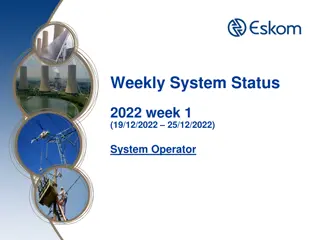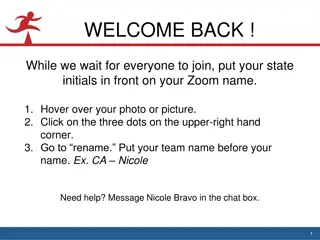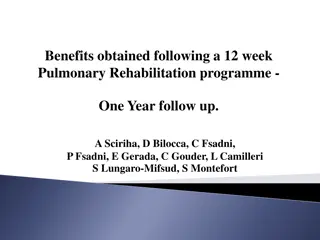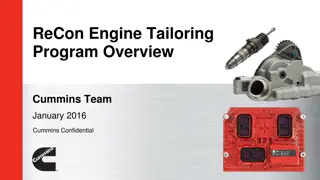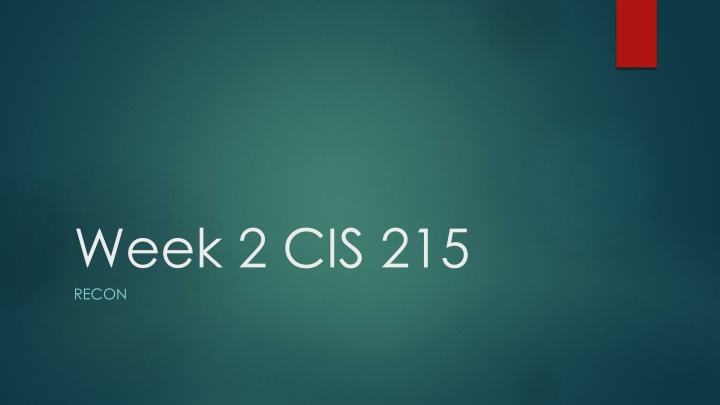
Cyber Reconnaissance Techniques for Gathering Sensitive Data
Explore the world of cyber reconnaissance from non-invasive to invasive tools, delving into sources like OSINT and PING. Learn about gathering essential data pieces and footprints, including DNS details, nameservers, and more. Dive into the search for information like names, jobs, emails, and financials, as well as utilizing tools for DNS reconnaissance and web scraping. Discover passive scanning tools, techniques to avoid detection, and the concept of honey traps in cybersecurity.
Download Presentation

Please find below an Image/Link to download the presentation.
The content on the website is provided AS IS for your information and personal use only. It may not be sold, licensed, or shared on other websites without obtaining consent from the author. If you encounter any issues during the download, it is possible that the publisher has removed the file from their server.
You are allowed to download the files provided on this website for personal or commercial use, subject to the condition that they are used lawfully. All files are the property of their respective owners.
The content on the website is provided AS IS for your information and personal use only. It may not be sold, licensed, or shared on other websites without obtaining consent from the author.
E N D
Presentation Transcript
Week 2 CIS 215 RECON
Start gathering info Work from non-invasive (OSINT) up to more invasive tools (PING) What sources are useful? Cached pages Keywords and file specific (passwords, RSA token, *PDF etc.) What pieces of data are we looking for? Think high level before you deep dive Footprint What's visible from the outside?
Footprint DNS Nameservers IP Ranges Banners Operating Systems IDS/IPS and other security systems Network Devices Other Devices and job postings Mobile Opportunities Buckets of Data
What data are we looking for? Names Jobs Emails Personal info Documents Financials, company structure
Activity Let's start with Open Source Intelligence (OSINT) What can Google tell us about NECC? How can we make Google tell us more? Where can we look beyond Google (What other search engines have you tried?) Start a MindMap on the board of what you've found
Let's get more invasive DNS Servers Automated Collections of data and web scraping Metadata Documents Posted? Who wrote them Pictures posted? Who took them and where? Jobs listed? What tools/services do we use?
DNS Recon Dig - domain information groper fierce Brute force approach Nslookup less info, but almost always available Nameservers wildcard sub-domains, word lists for sub-domains Alternate Nameservers DNSSEC Originally DNS had no security built in Doesn't protect confidentiality, only for protection against forged or manipulated DNS data
Activity Try some Tools Passive scans ONLY right now Whois IPADDRESS Dig URL Fierce dns URL Nmap IPADDRESS <-- Caution! Caution! Dnsenum URL Dnsrecon d URL Everyone find 1-2 more passive tools, explain how they work and how they avoid detection
Traps Honey traps (Older term was HoneyPot, can offend people) Example: Email only seen by scraper can be monitored to detect activity Fake Social Media Accounts for "Employees" Junk info to detect scraping White text on white background Small text Be careful of Accessibility! How to defeat scrapers Jane@doe.com vs Jane at doe dot com, vs CEO at doe dot com Limit searching by timeout, IP or Browser headers
Reporting Reports are the least fun and most needed part of the job They are what you turn in at the end, shows what worked and what didn't. Open office Easy to use Doesn't like weird data (PCAP, nmap scans etc) Unwieldy at large volume Magic tree Straightforward data consolidation Uses a tree structure for organization Dradis The one we'll be using, has better documentation
Dradis Nodes In place of folders for organization Issues Vulnerabilities found Methodologies Checklists and time lines, think project management Uses an IP address or website so it's easy to share with a team
Activity Start up Dradis and start your first report. You'll be creating a report on the Pen test of the school Dradis has a community edition Start your report and upload the data you collected from the passive scans and your notes from OSINT recon https://dradisframework.com/ce/documentation/












